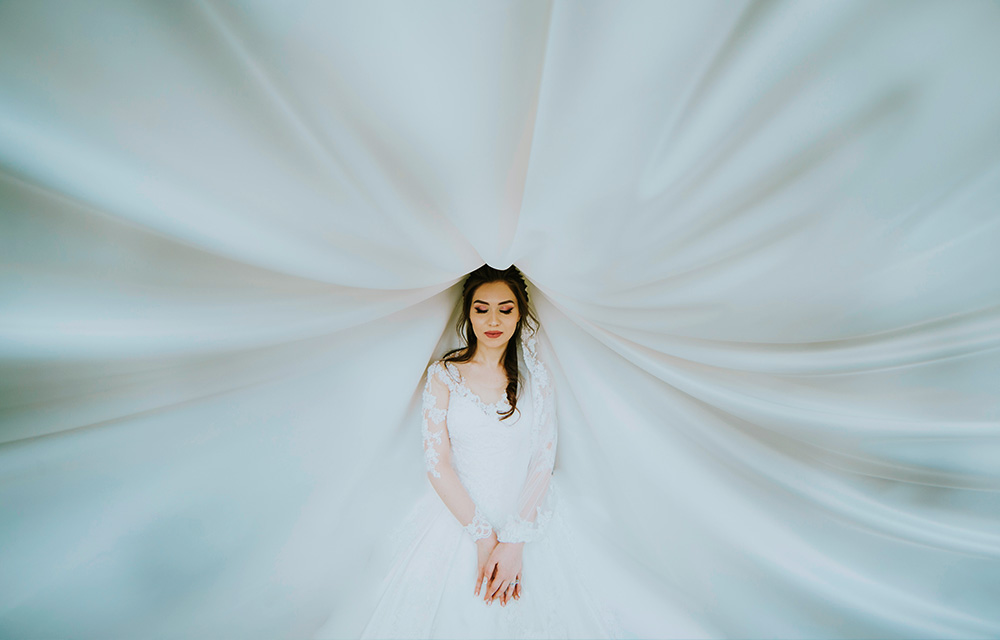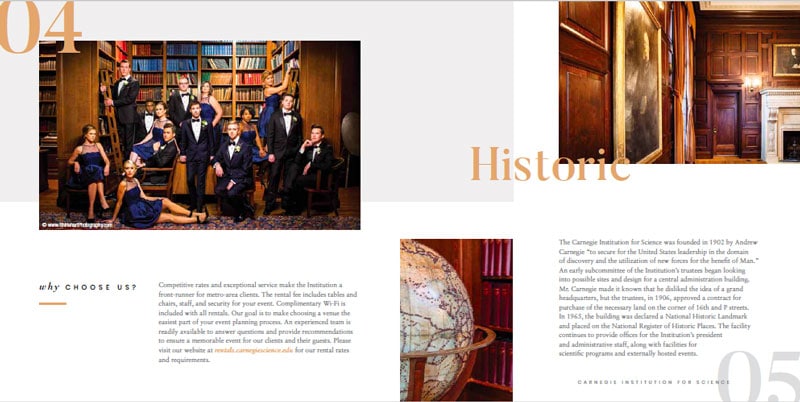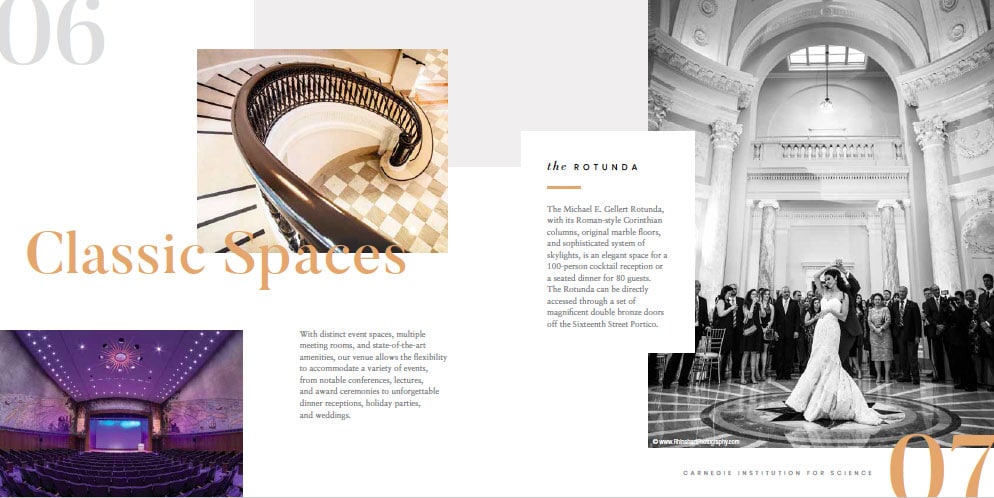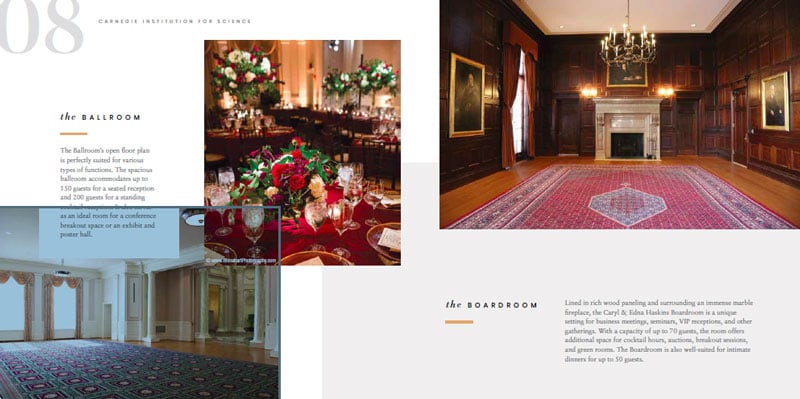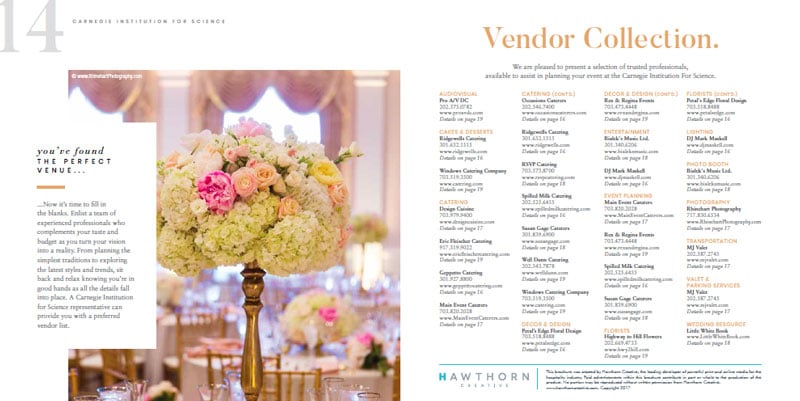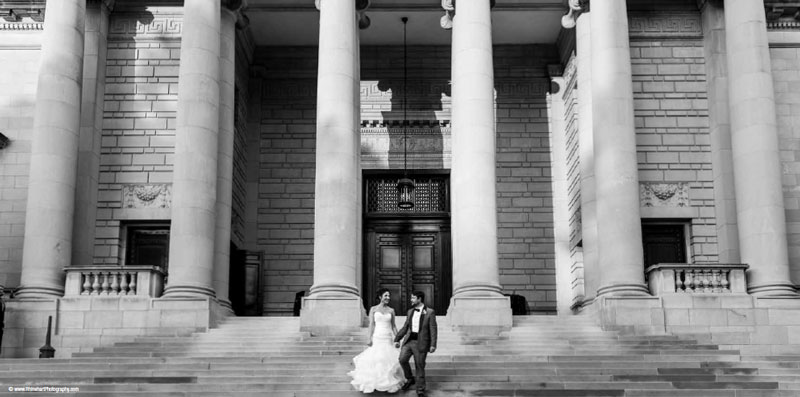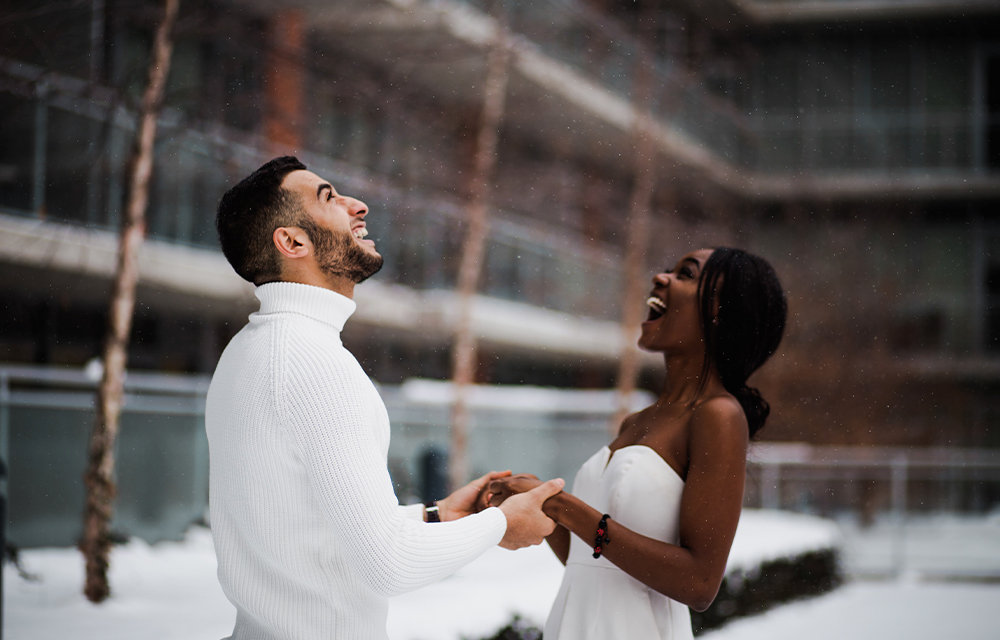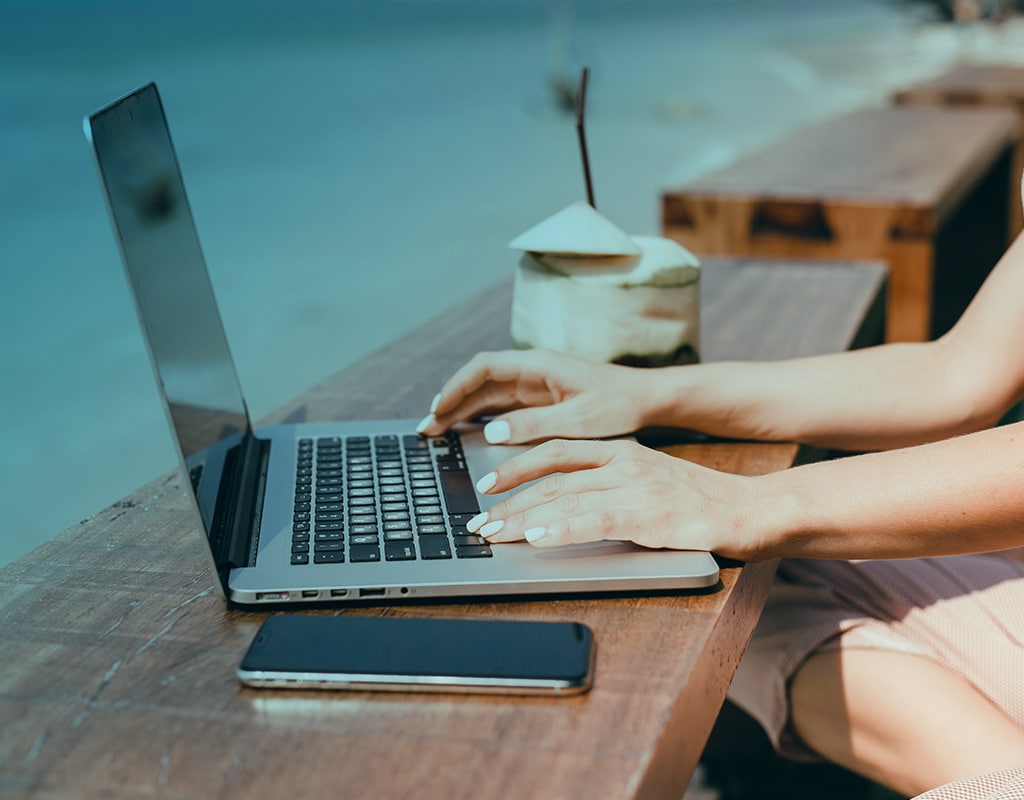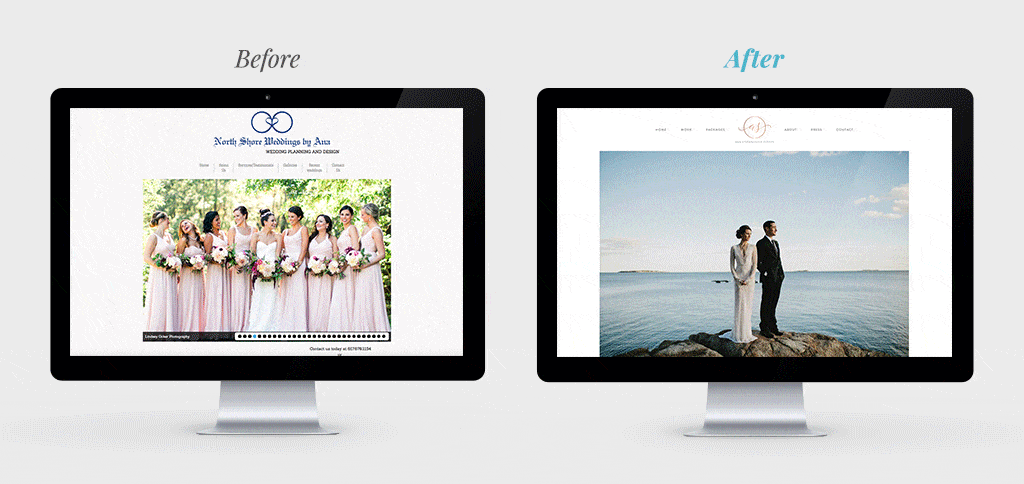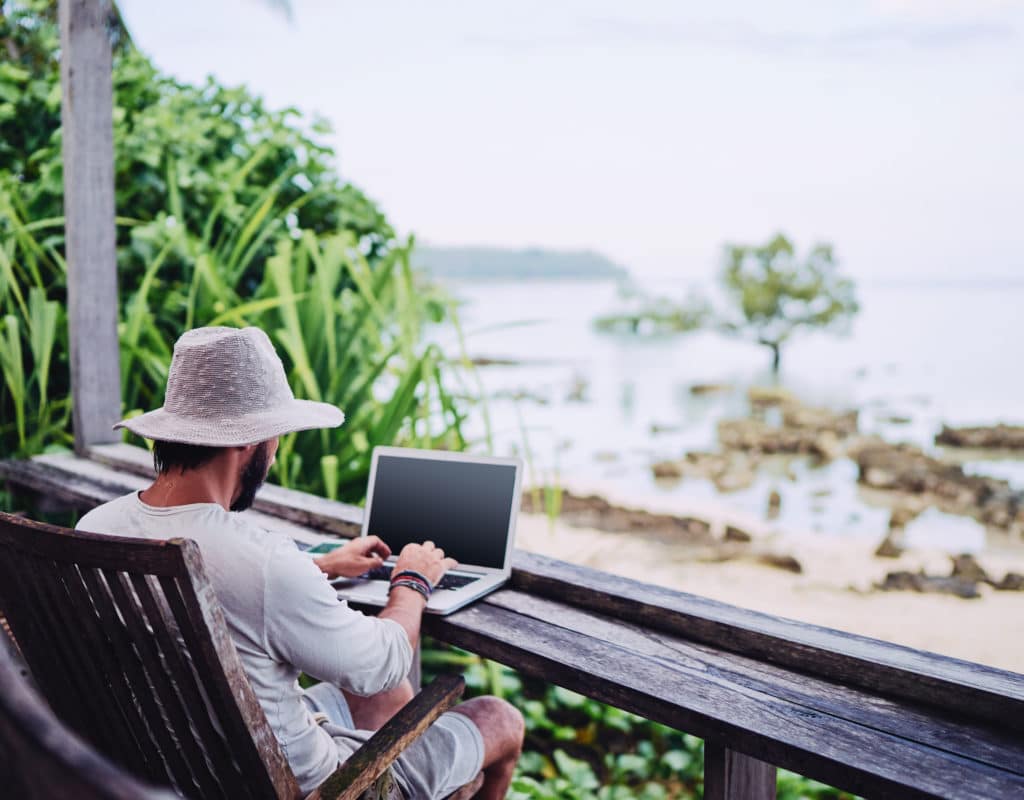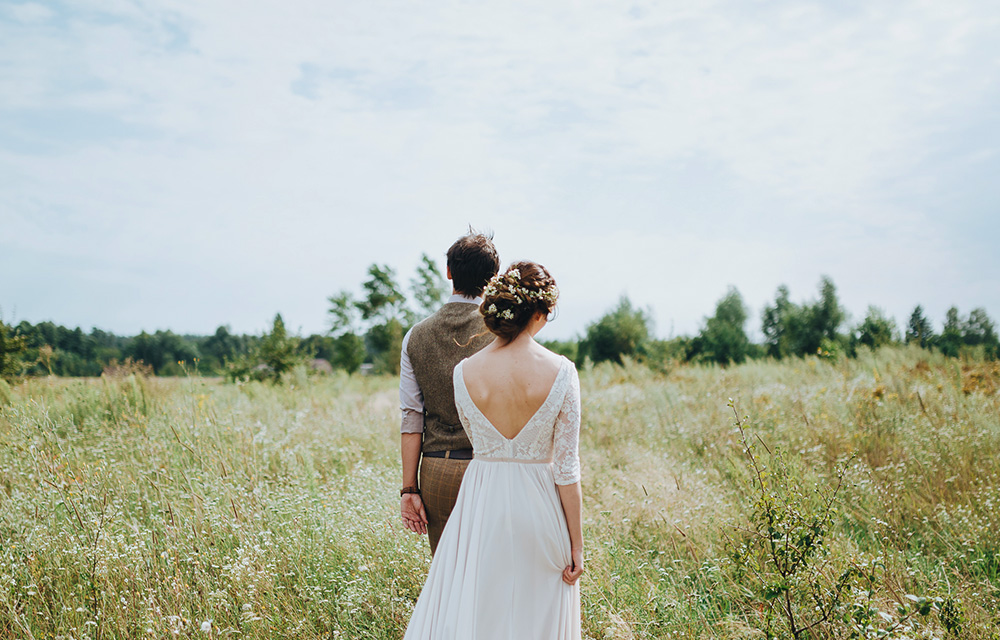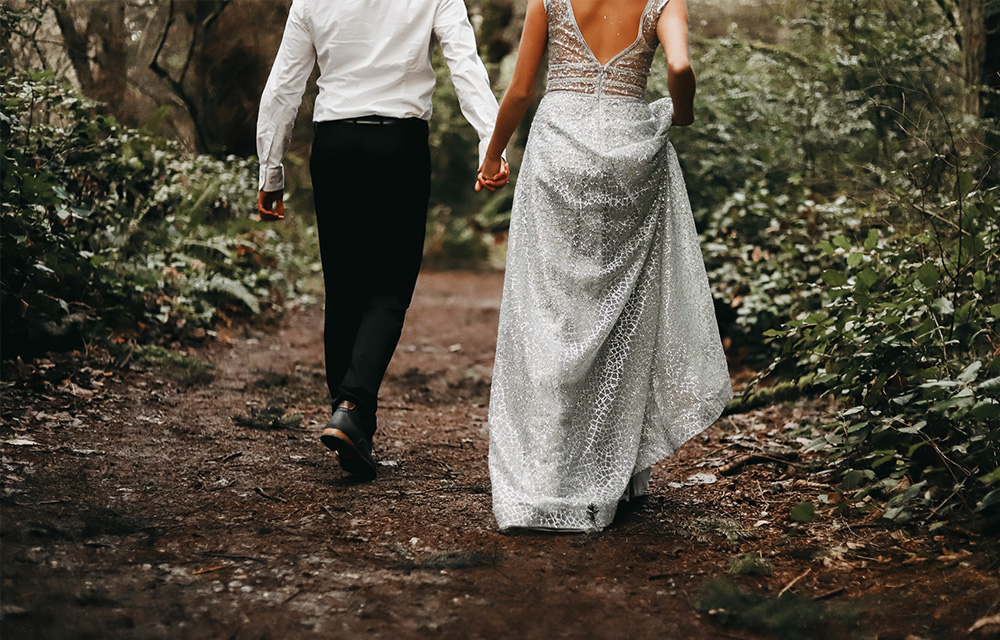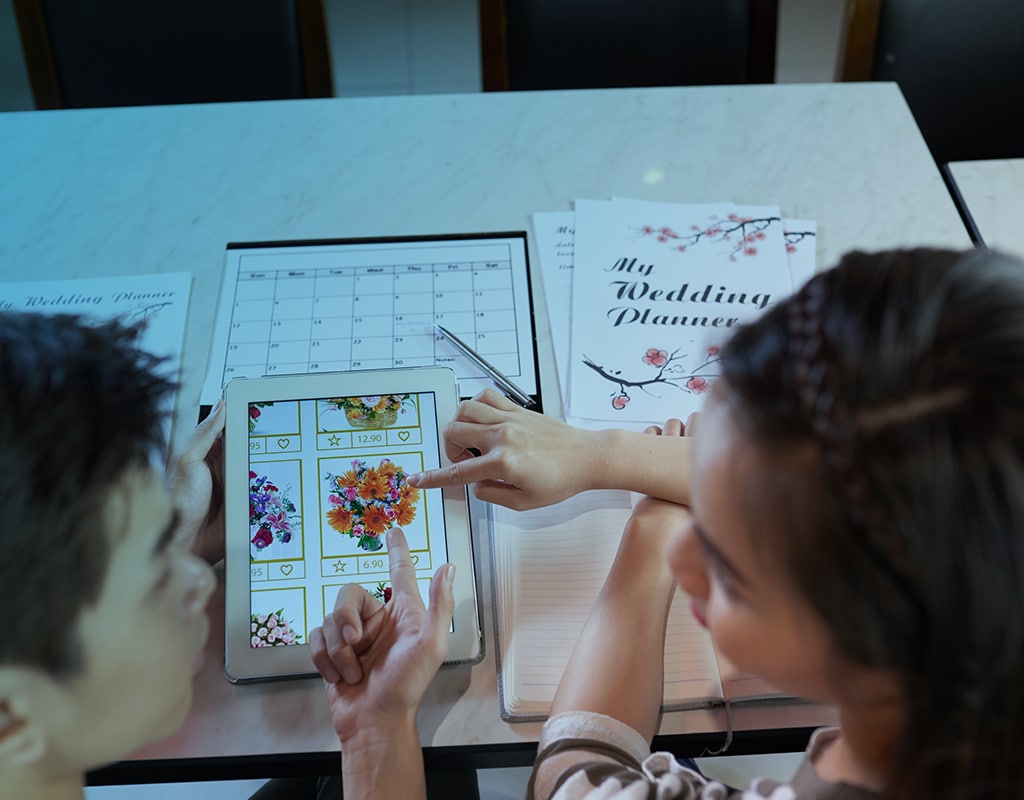The Knot and WeddingWire help couples put together their big day and serve as valuable wedding vendor advertising channels. We spoke with a few savvy vendors about their experience with these two major online wedding marketplaces. Are they worth it? Is it one or the other? How do you succeed? Here’s what they had to say:
Yes, Invest in Both
These services are considered a necessary cost of doing business by most in the industry, and if you’re looking to make a living (or at least a healthy side-gig), you really can’t afford to not be there. For many, all it takes is one wedding to pay for the yearly membership. Plus, the longer you’re there, the more likely you are to notice a compounding effect of more reviews and increased visibility. That said, keep track of your numbers each year by channel, so that one, two, three years in, you can take a look at your return and how valuable each service is to your business.
The Value of a Good Lead
Anecdotally, we’ve heard that while The Knot drives more leads, they tend to be of lower quality. This may be an issue of scale – WeddingWire, while big, doesn’t attract as much traffic as The Knot. Unfortunately, (for the vendors we spoke to, at least) leads from The Knot are often not very qualified, and seem less likely to convert to bookings. In terms of the raw number of conversions, The Knot may be superior to WeddingWire, depending on your business, but you’ll spend time sorting through those leads, too. Remember that your profit per hour can’t just be calculated from the time you spend on the job, but also the time you spent managing leads and prepping.
Respond Quickly (without the Customization)
Since you’re very likely not the only vendor they’re sending an inquiry to, and since you may find that the inquiries you receive lack the information you need to deliver a fully custom response, time is of the essence. Hopefully you already have a boilerplate response to qualify leads no matter where they come from. If not, build one and make sure you fire it off quickly to qualify the lead. Naturally, also include your one sheet with your different pricing options. The point is, you don’t want to spend more than a few seconds on each inquiry so you can weed out those that aren’t qualified or truly interested – and get those that are into your funnel, not your competitor’s.
How Much Should You Invest?
There are different tiers that afford more visibility on both WeddingWire and The Knot. On WeddingWire, they’re referred to as Professional, Featured, and Spotlight, in ascending order of price. On The Knot, they’re Standard, Featured, and Premium. The perks occasionally change, but the bottom line is that you’re paying for increased visibility – and the price depends on the competition for your specific vendor category in your geographic area. Both services will try to hook you with discounts. One key difference: WeddingWire tends to be more expensive, but you get a representative from the company who checks in a few times a year and offers you customized tips, tailored to your needs, to help you increase inquiries and drive bookings. That’s a tough thing to quantify, but it’s certainly an advantage over The Knot’s less personal, more content marketing–driven approach.
How It Shakes Out
One vendor, a New England-based videographer, agreed to share his numbers for 2017 for each service, which were basically representative of his experience since joining in 2015. While these figures are obviously unique to his business, they may help give a sense of the economics driving vendors’ decisions to use these services.


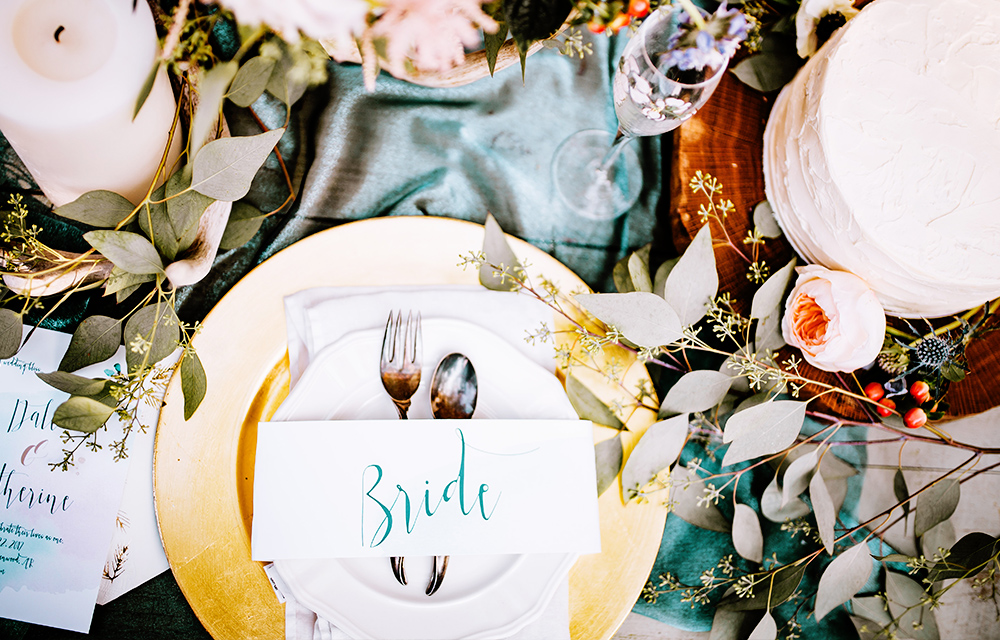
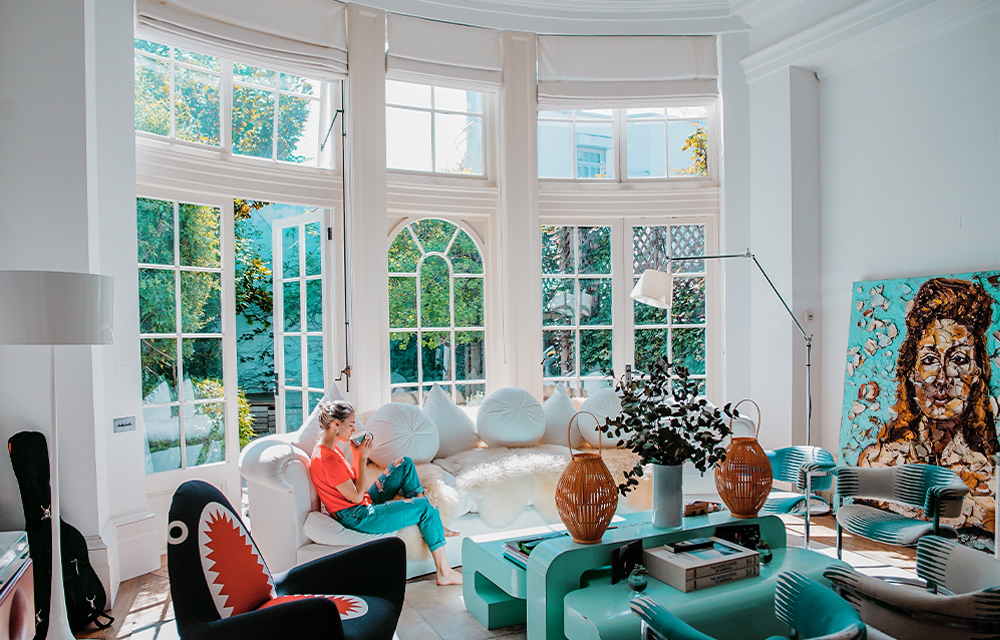
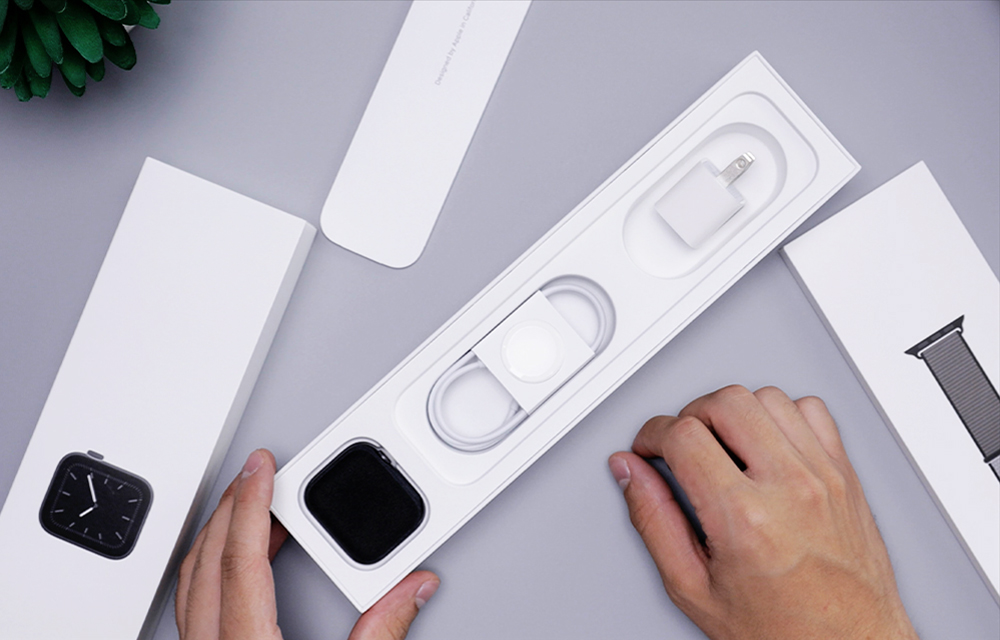
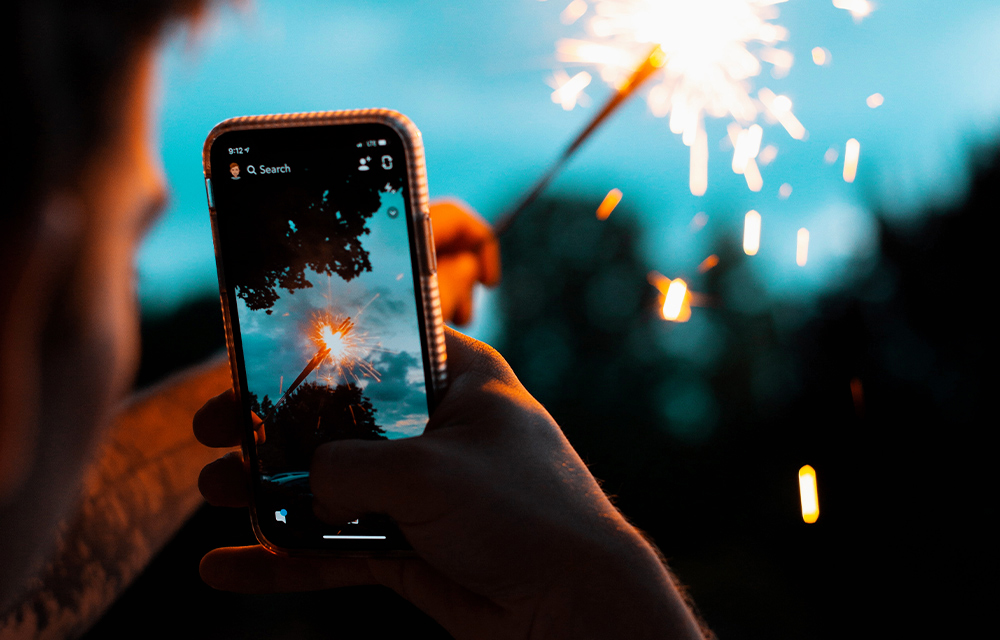

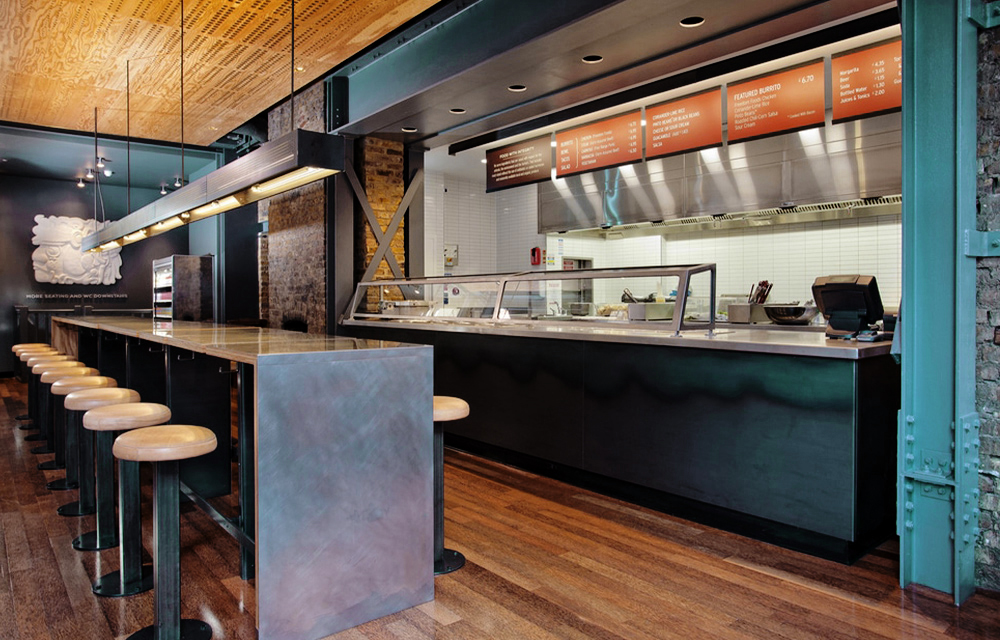

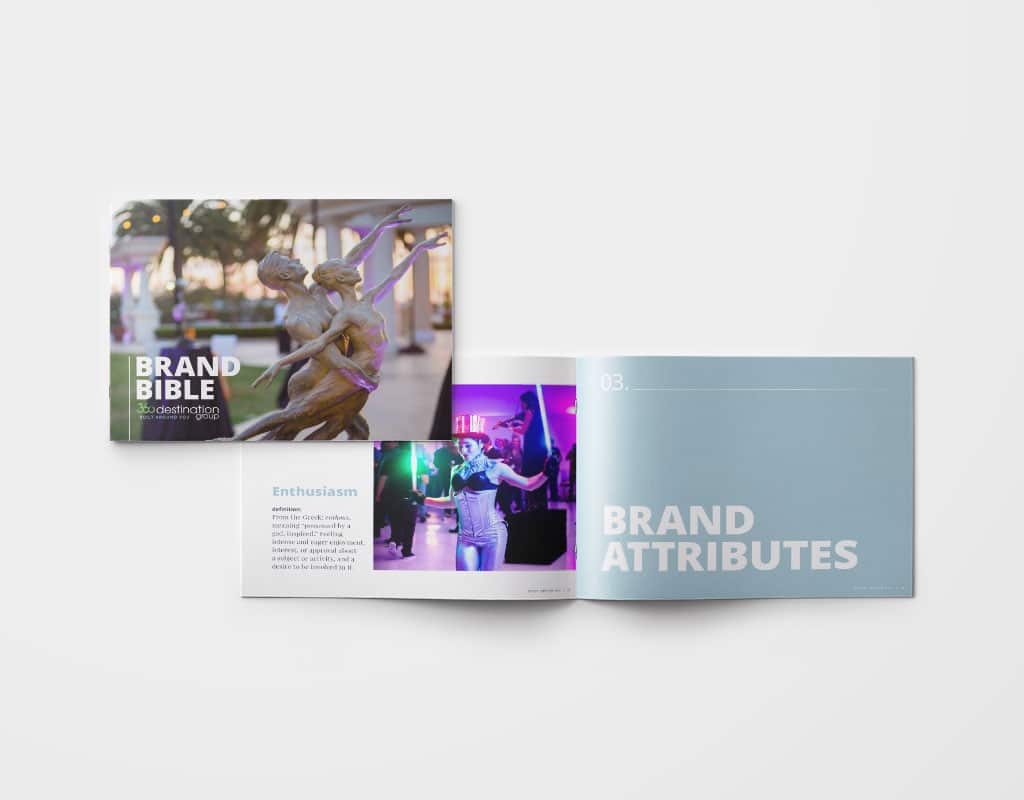

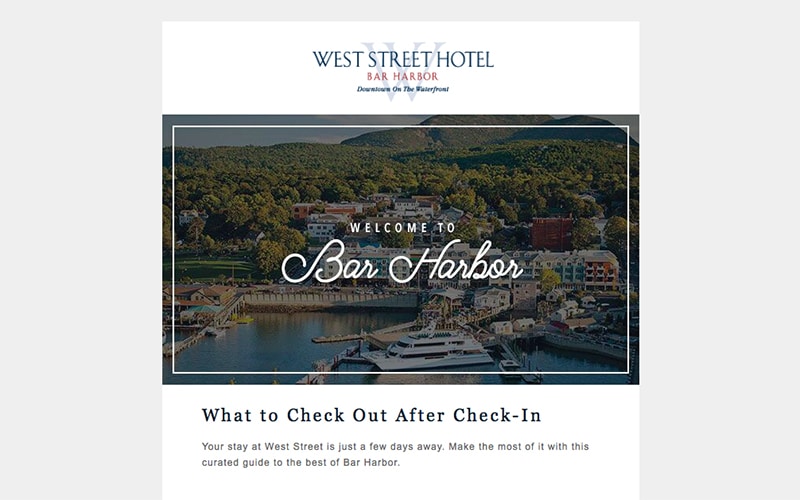

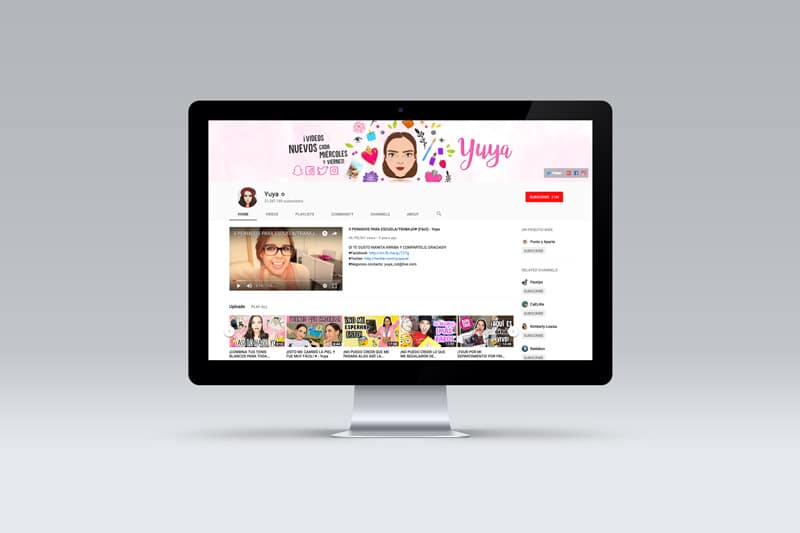
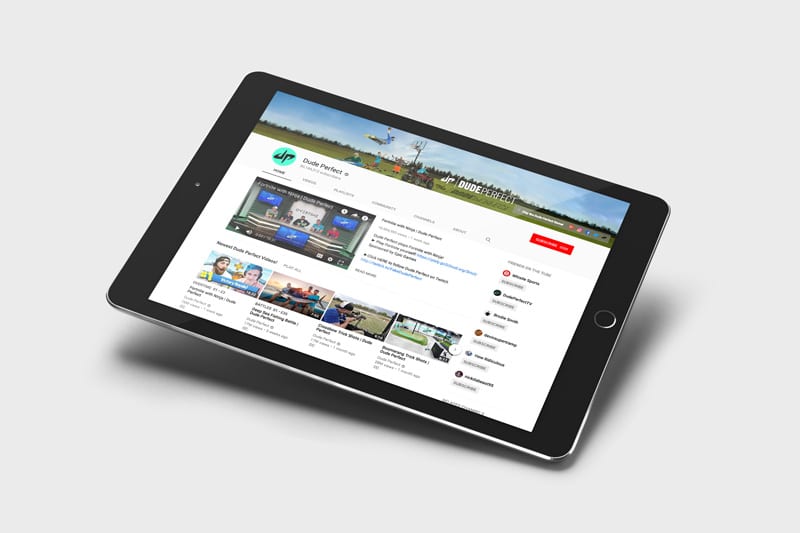
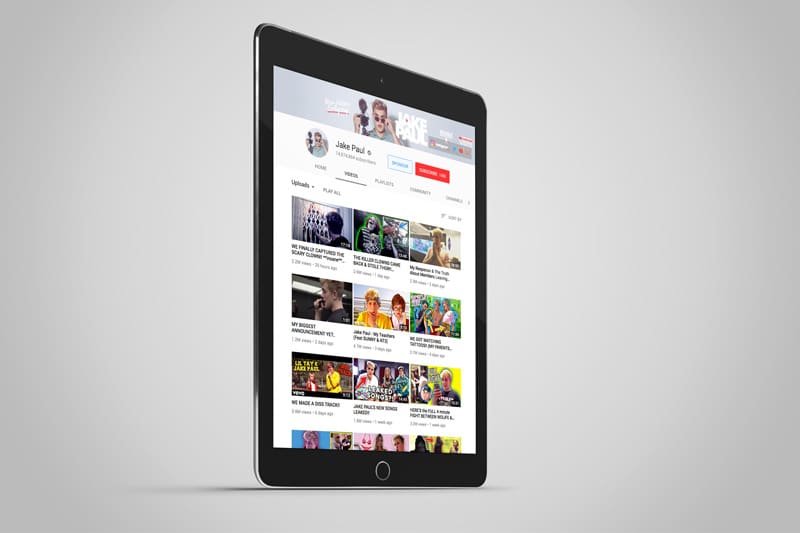
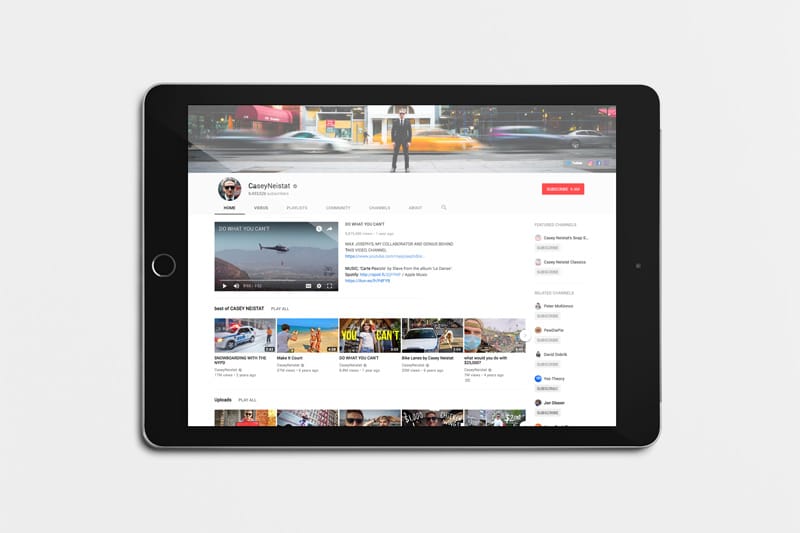


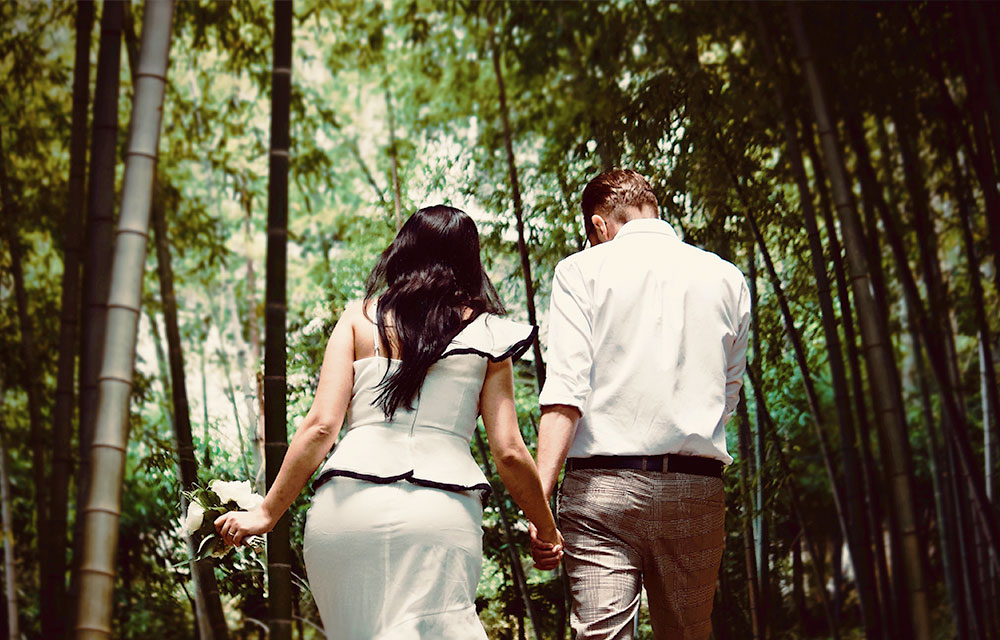
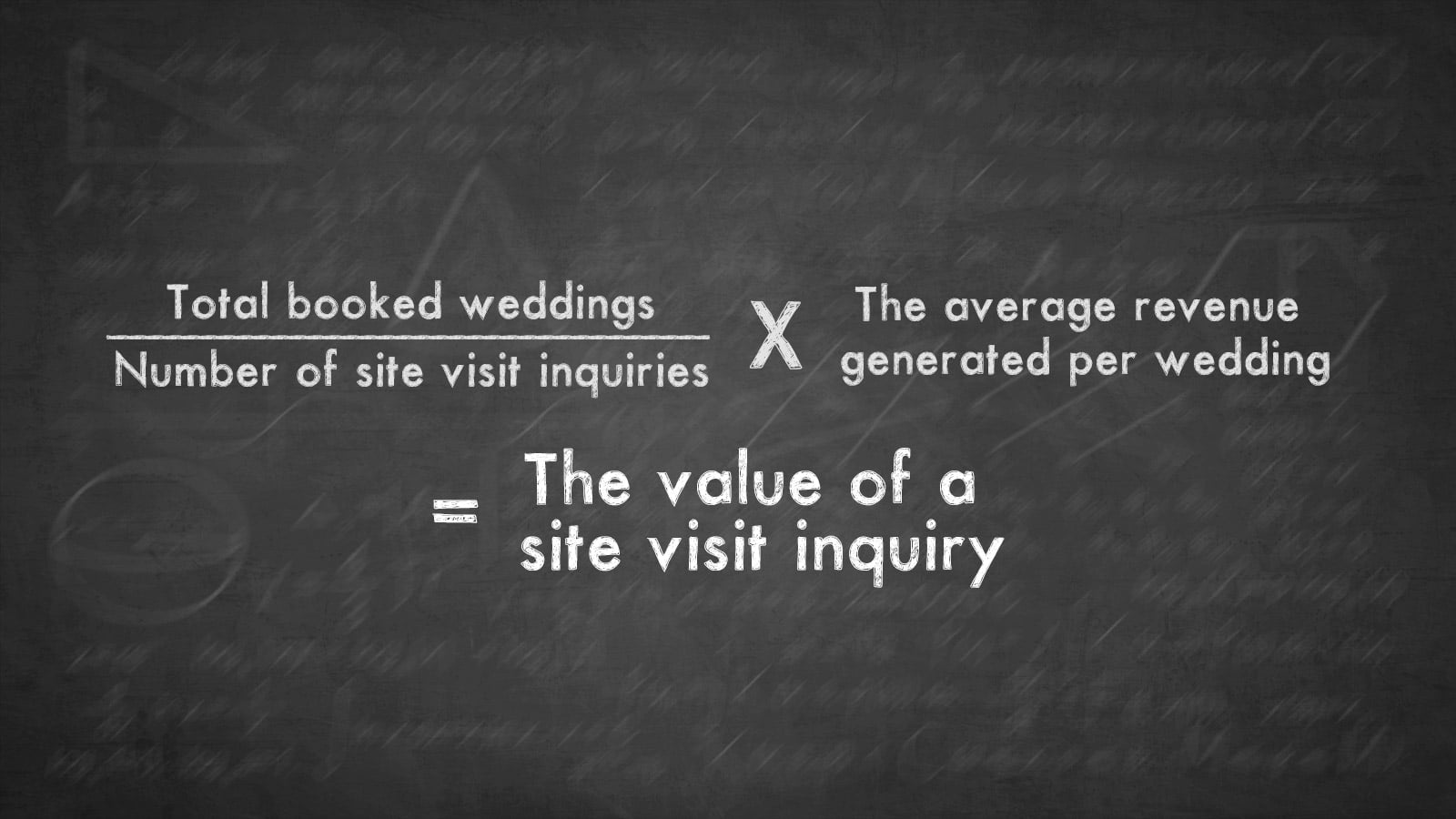
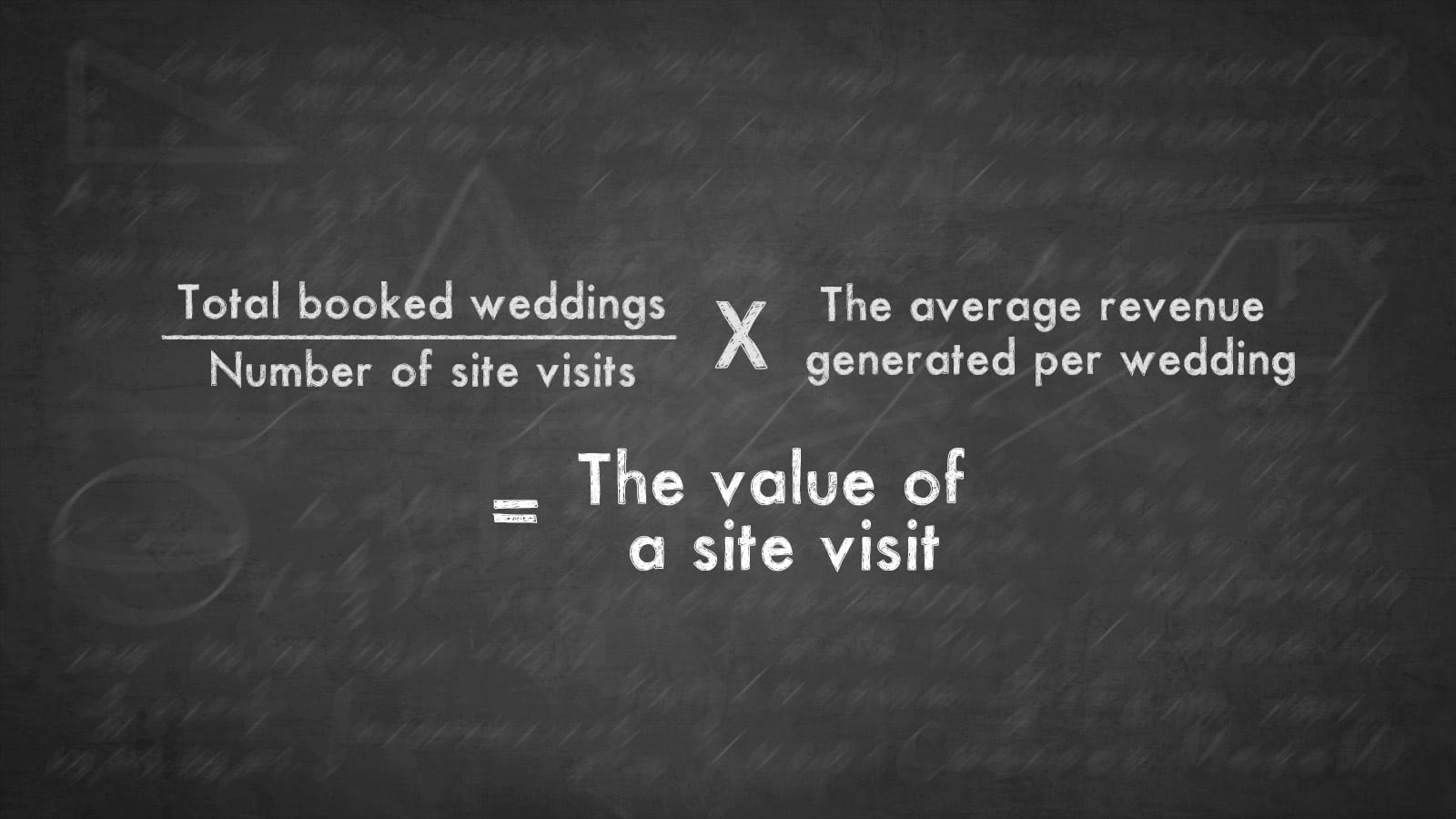

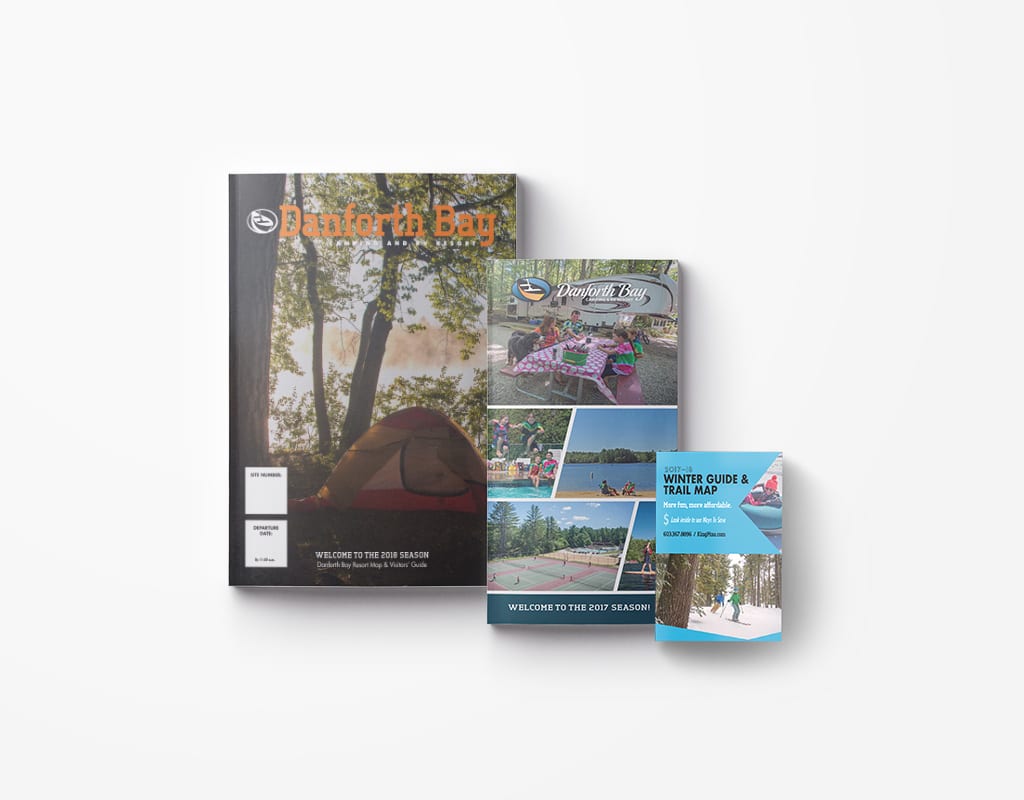 See the Projects
See the Projects
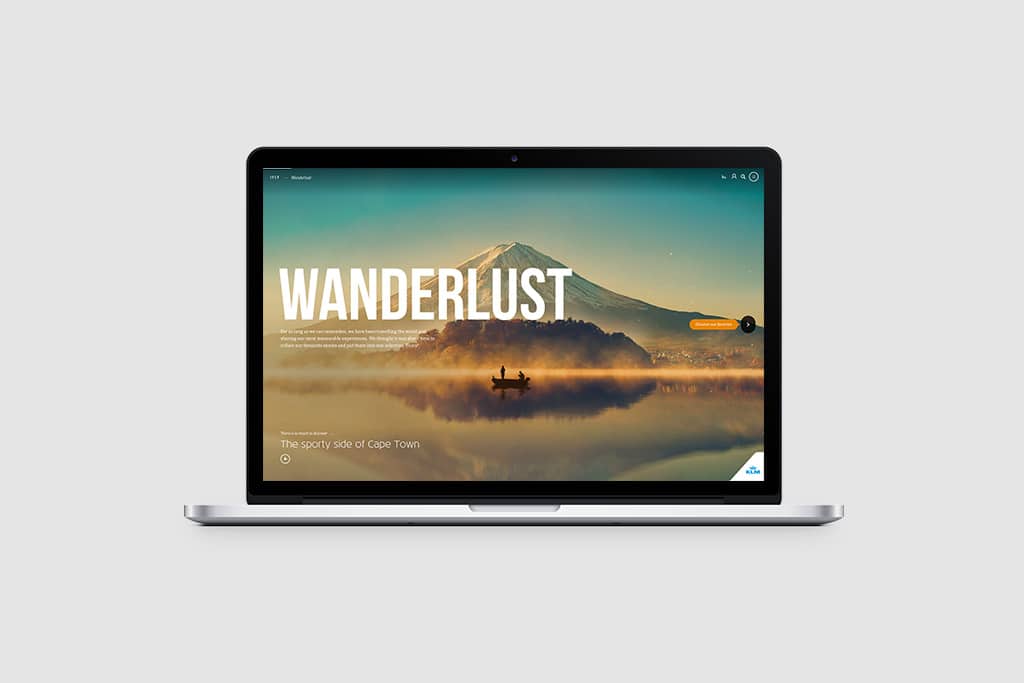


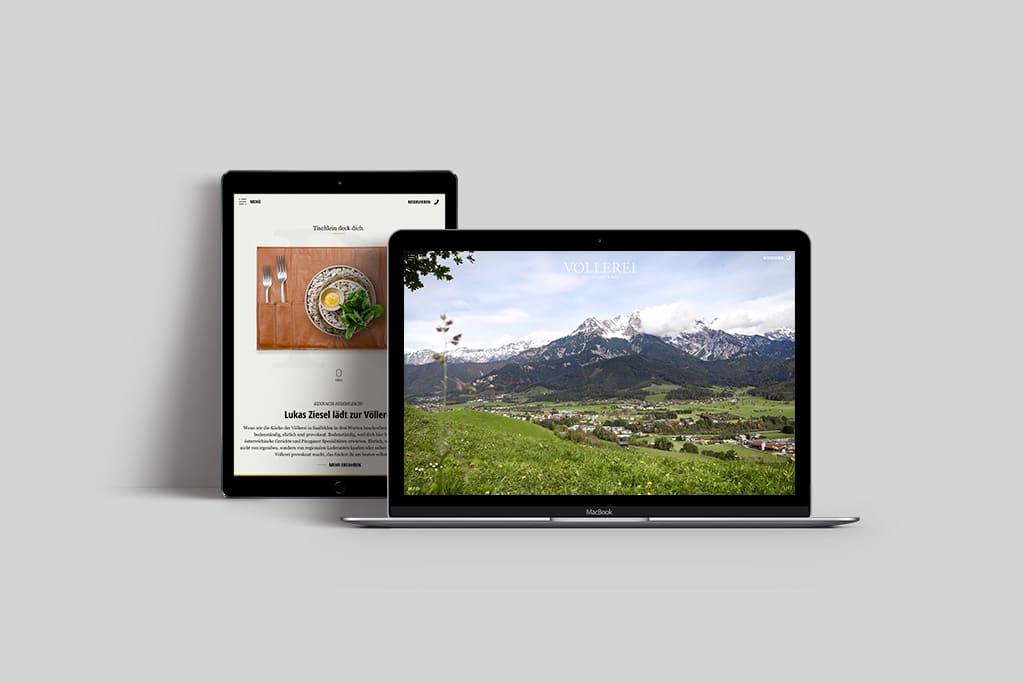
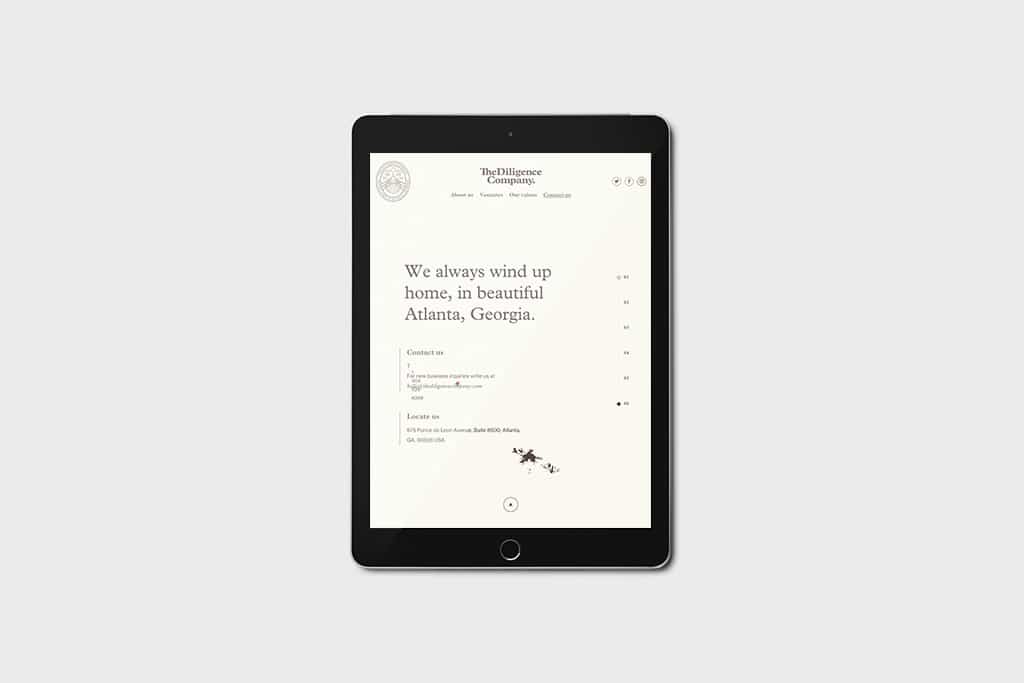

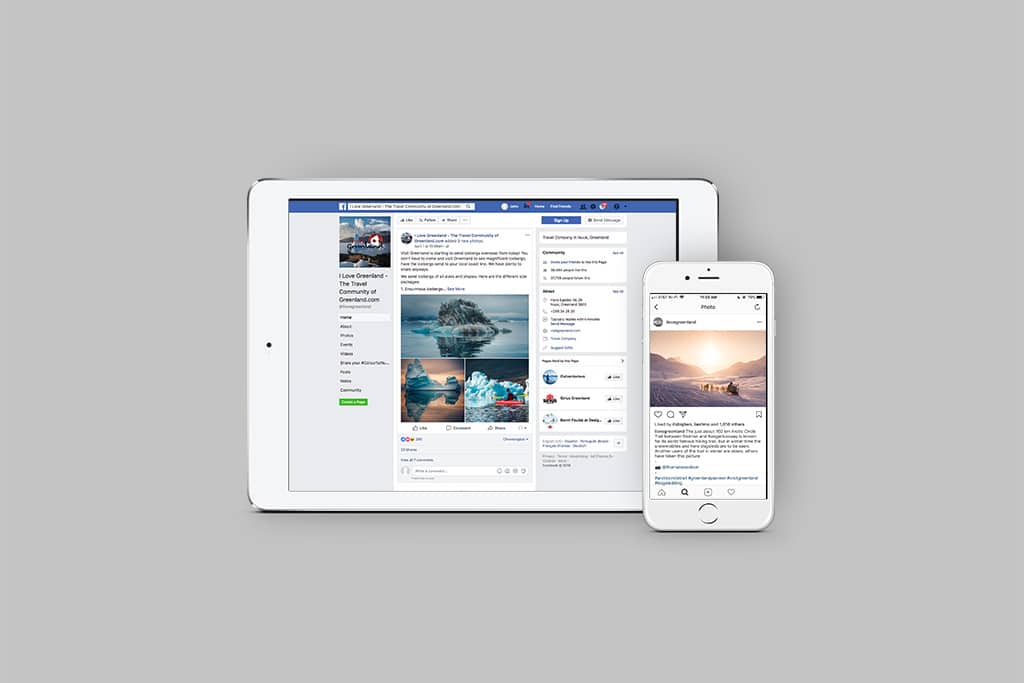
 Diverse, useful content is at the heart of
Diverse, useful content is at the heart of 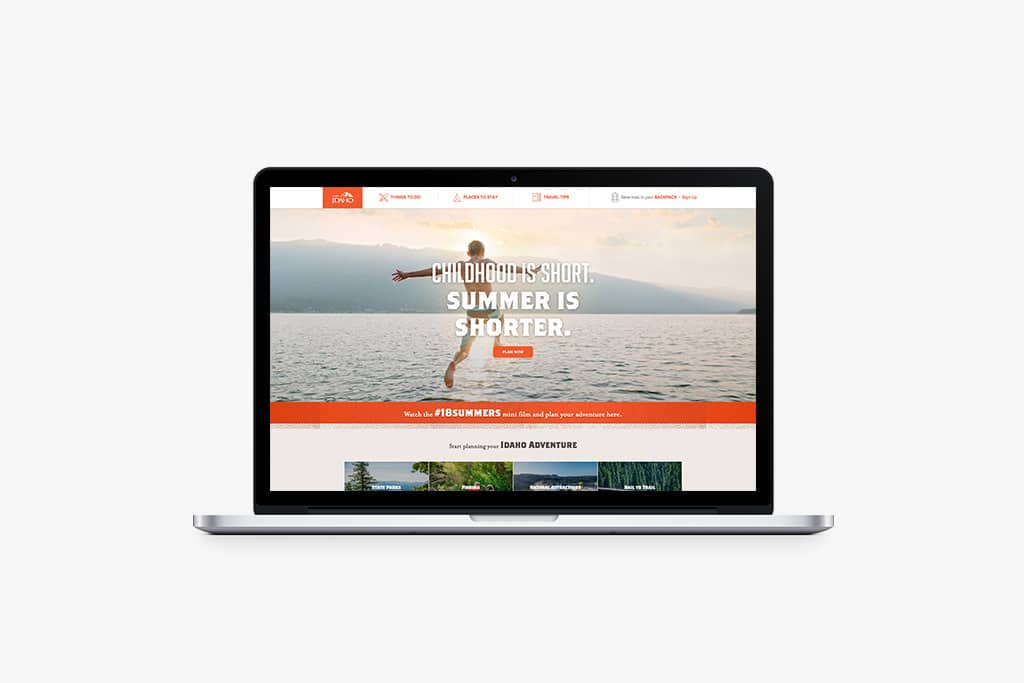 While Idaho may not come to mind when you think of family vacations,
While Idaho may not come to mind when you think of family vacations, 
